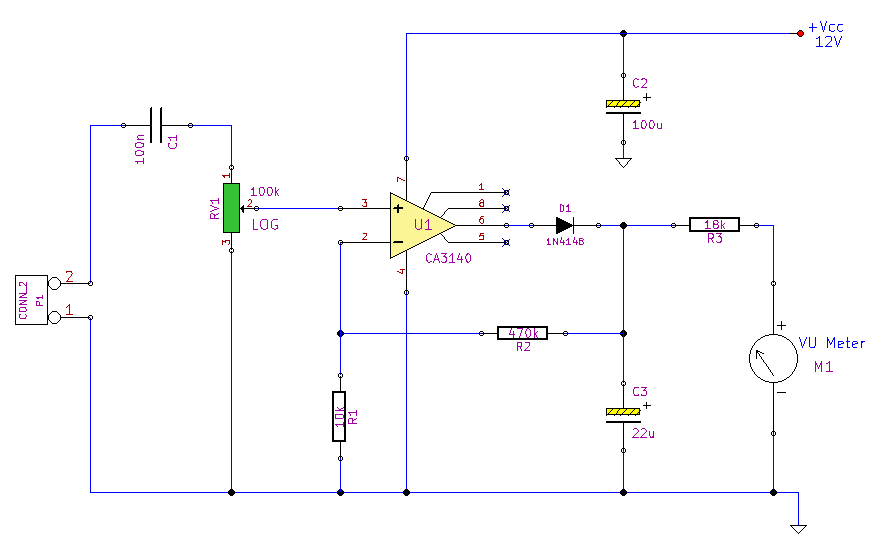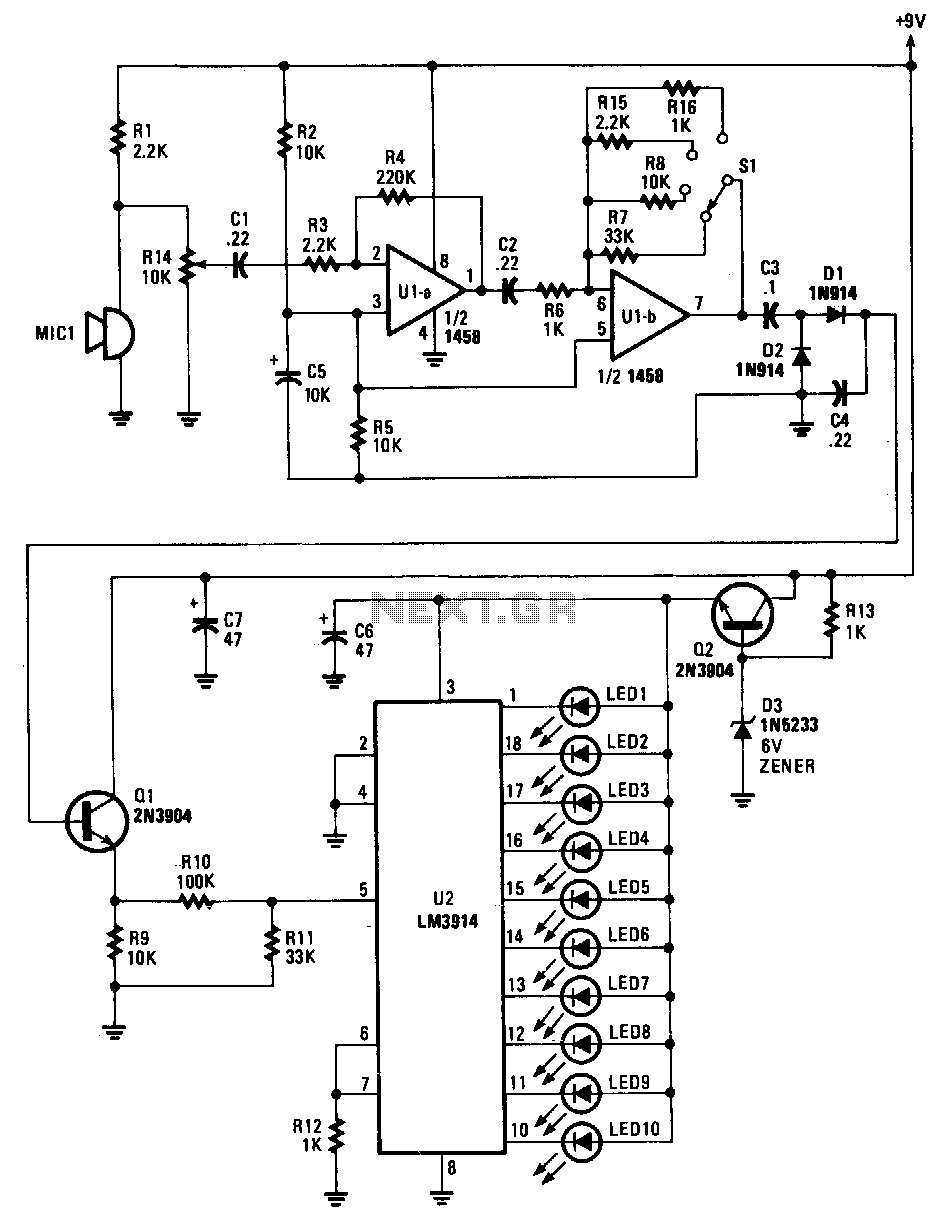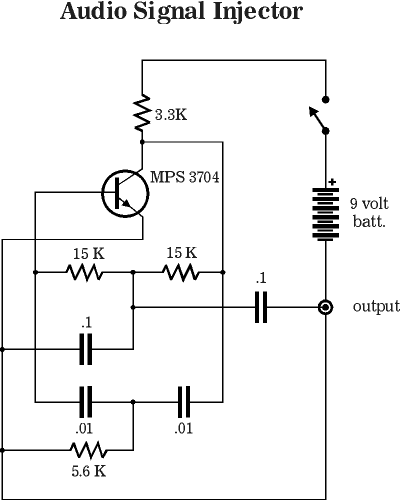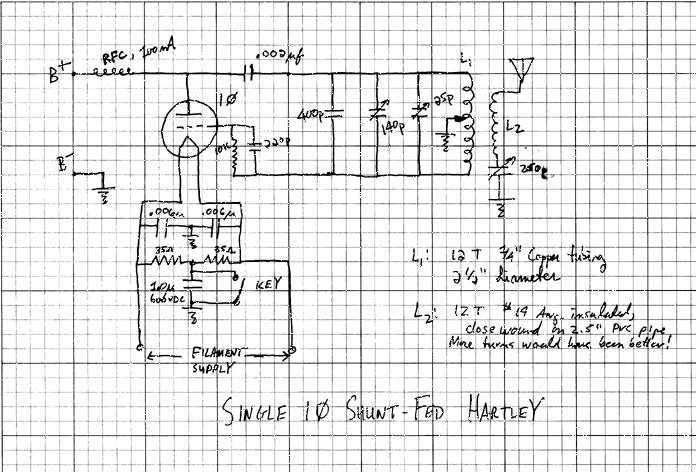
Peak Reading Audio Level Meter

This simple circuit, designed with a minimal component count, indicates peak audio response on an analog meter, similar to a tape recorder's meter. It employs an operational amplifier configured as a non-inverting amplifier, with the addition of a diode in the feedback loop. The circuit features a fast response time and a slow decay time to display peak readings. The 1N4148 diode serves to provide half-wave rectification of the input signal, with the DC output smoothed by a 22 µF capacitor. This capacitor charges to the peak value of the input waveform and discharges through the meter and an 18 kΩ resistor. A meter with a full-scale deflection (FSD) of 150 µA was utilized, although any meter with an FSD in the range of 50-250 µA may also be used. The discharge time is approximately a quarter of a second. To achieve a longer discharge time, the 22 µF capacitor can be increased, or it can be omitted entirely for instantaneous level readings.
The circuit operates by first amplifying the audio signal using a non-inverting operational amplifier configuration. The operational amplifier is chosen for its high input impedance, which allows it to interface effectively with various audio sources without loading them down. The inclusion of the 1N4148 diode in the feedback path is critical, as it allows only the positive half-cycles of the audio signal to pass through, effectively rectifying the waveform.
The output of the operational amplifier is then connected to the smoothing capacitor (22 µF), which serves to filter out the high-frequency components of the rectified signal. As the audio signal peaks, the capacitor charges up to the peak voltage level. The discharge path, which includes the analog meter and an 18 kΩ resistor, determines how quickly the meter responds to changes in the audio signal. The resistor value, in conjunction with the capacitor, sets the time constant for the discharge, allowing the meter to indicate the peak level for a brief period before it begins to fall back.
This design is adaptable; different capacitors can be used to modify the response time of the meter. A larger capacitor will prolong the discharge time, making it suitable for applications where sustained peak readings are necessary. Conversely, omitting the capacitor enables the circuit to act as a true peak level indicator, reflecting instantaneous audio levels. The circuit's simplicity and effectiveness make it an excellent choice for audio level monitoring in various applications, including recording studios and live sound environments.Using minimum component count; this simple circuit will indicate peak audio response on an analogue meter, similar to a tape recorders meter. The circuit uses an op amp as a non inverting amplifier, but with one addition - a diode in the feedback loop.
The circuit has a fast response time and slow decay time to indicate peak readings. The 1N4148 d iode provides half wave rectification of the input signal, the dc output being smoothed by the 22u capacitor. the capacitor will charge to the peak value of the input waveform, and then discharge via the meter and 18k resistor.
I used a meter with a FSD of 150uA, but any meter with a FSD in the range 50-250uA may be used. The discharge time is around a quarter of a second. Increase the 22uF cap for a longer discharge time, or omit altogether to make an instantaneous reading level meter. 🔗 External reference
The circuit operates by first amplifying the audio signal using a non-inverting operational amplifier configuration. The operational amplifier is chosen for its high input impedance, which allows it to interface effectively with various audio sources without loading them down. The inclusion of the 1N4148 diode in the feedback path is critical, as it allows only the positive half-cycles of the audio signal to pass through, effectively rectifying the waveform.
The output of the operational amplifier is then connected to the smoothing capacitor (22 µF), which serves to filter out the high-frequency components of the rectified signal. As the audio signal peaks, the capacitor charges up to the peak voltage level. The discharge path, which includes the analog meter and an 18 kΩ resistor, determines how quickly the meter responds to changes in the audio signal. The resistor value, in conjunction with the capacitor, sets the time constant for the discharge, allowing the meter to indicate the peak level for a brief period before it begins to fall back.
This design is adaptable; different capacitors can be used to modify the response time of the meter. A larger capacitor will prolong the discharge time, making it suitable for applications where sustained peak readings are necessary. Conversely, omitting the capacitor enables the circuit to act as a true peak level indicator, reflecting instantaneous audio levels. The circuit's simplicity and effectiveness make it an excellent choice for audio level monitoring in various applications, including recording studios and live sound environments.Using minimum component count; this simple circuit will indicate peak audio response on an analogue meter, similar to a tape recorders meter. The circuit uses an op amp as a non inverting amplifier, but with one addition - a diode in the feedback loop.
The circuit has a fast response time and slow decay time to indicate peak readings. The 1N4148 d iode provides half wave rectification of the input signal, the dc output being smoothed by the 22u capacitor. the capacitor will charge to the peak value of the input waveform, and then discharge via the meter and 18k resistor.
I used a meter with a FSD of 150uA, but any meter with a FSD in the range 50-250uA may be used. The discharge time is around a quarter of a second. Increase the 22uF cap for a longer discharge time, or omit altogether to make an instantaneous reading level meter. 🔗 External reference





